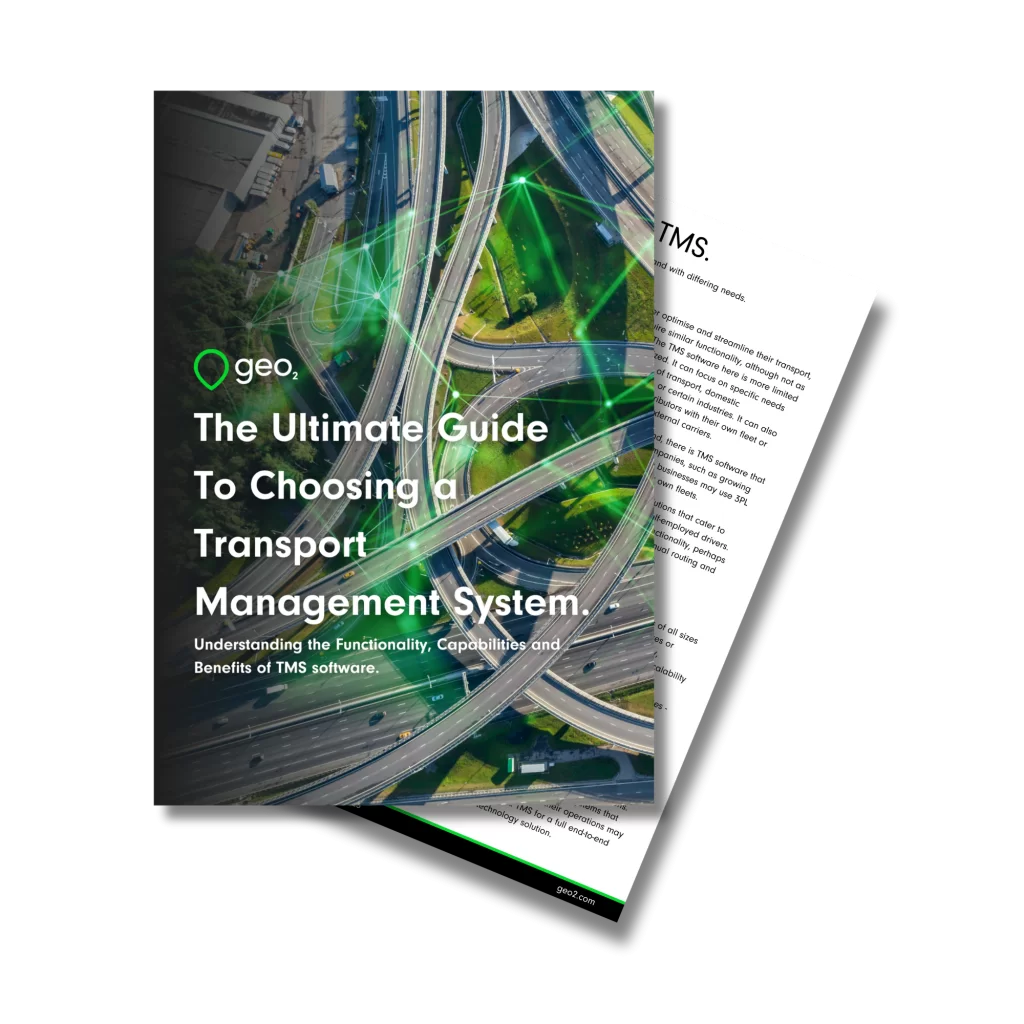
What is Capacity Requirement Planning with Examples.
In the world of supply chains, where demand and supply are always changing, businesses face a big challenge: they need to stay flexible and control how much they make. Capacity Requirement Planning (CRP) is at the center of this challenge. It’s like the conductor of an orchestra, deciding how fast, how much, and how well everything should be done. Whether you’re a Supply Chain Manager, Operations Planner, Business Analyst, or Transport Planner, understanding CRP is super important for making sure your supply chain can handle changes in the market.
In this deep dive, we’re going to explore Capacity Requirement Planning in detail. We’ll break it down, talk about why it’s so useful, and look at examples from real companies to see how it works in action. We’ll also check out the latest tools and techniques that make CRP easier and better. Plus, we’ll talk about the problems that often come up and share some tips for dealing with them. By the end, you’ll have a good grasp of CRP and how to make it work for your supply chain.
Need help choosing a TMS?
Download the Free Guide Now.

Table of Contents.
Understanding Capacity Requirement Planning.
Capacity Requirement Planning, an integral cog in the supply chain mechanism, is the art and science of determining the production capacity needed by an organization to meet changing demands for its products. Through demand forecasting, production scheduling, and resource allocation, CRP ensures that an organization’s manufacturing capabilities are optimally aligned with market needs.
At its core, CRP serves as the blueprint for enterprises looking to harness real-time data and strategic insights to sidestep production bottlenecks, unnecessary expenses, and missed opportunities. It orchestrates every resource from manufacturing lines, labor forces, to machinery, ensuring their symphonic harmonization to fulfill demand while maintaining cost-effectiveness and delivering quality. With CRP, an enterprise can achieve operational efficiency, agility, and customer satisfaction without compromising profitability.
Table of Contents.
Examples of CRP in Action
To better illustrate the impact of CRP across industries, let’s explore some real-world examples.
Automotive Industry.
In a highly competitive market where speed and efficiency are key, automotive companies rely heavily on CRP to stay ahead. For example, BMW uses CRP to plan and manage their production capacity for different models based on market demand. This enables them to produce the right quantity of vehicles at the right time while minimizing excess inventory and associated costs.
Food Industry.
With perishable products and ever-changing consumer preferences, food companies rely on CRP to streamline their production processes. For instance, Nestle uses CRP to plan the production of its popular ice cream brand, Häagen-Dazs. By aligning their production capacity with market demand, they can avoid stock shortages and product wastage.
Retail Industry.
In a fast-paced industry like retail, CRP plays a crucial role in ensuring timely delivery and effective management of inventory levels. Walmart leverages CRP to plan their production and distribution operations, ensuring products are always available on shelves for customers. This helps them maintain a competitive edge by optimizing their resources and meeting customer demands.

What happens when CRP isn't present in operations?
Without CRP, organizations risk encountering several challenges that can significantly impact their bottom line. These include production delays, stock shortages, increased costs, and poor customer satisfaction. Without a proper understanding of their capacity requirements and the ability to adjust to changing market demands, businesses may struggle to remain competitive in today’s fast-paced business landscape.
Tools and Techniques Driving Efficient CRP Models
With the advancements in technology, CRP has evolved from manual calculations to automated processes. Some of the popular tools and techniques driving efficient CRP.
Benefits of Capacity Requirement Planning.
Increased Efficiency and Productivity.
Through meticulous optimization of resource allocation based on projected demand, CRP significantly boosts operational efficiency and productivity. By eliminating downtime, streamlining product flow, and optimizing workforce deployment, CRP sets new benchmarks for productivity, ultimately enhancing the overall performance of the organization.
Cost Reduction.
In the relentless pursuit of efficiency, CRP stands as a stalwart defender against unnecessary expenses within the supply chain. By mitigating wastage and preempting the need for costly emergency measures, CRP serves as a financial shield, enabling businesses to operate within leaner budgets and ensuring sustained profitability.
Improved Customer Satisfaction.
In today’s competitive landscape, meeting customer expectations is paramount. CRP empowers businesses to meet these demands by ensuring product availability and consistency. By proactively managing inventory levels and operational processes, CRP fosters reliability and swift service, laying the foundation for enhanced customer satisfaction and long-term loyalty.
Environmental Responsibility.
CRP isn’t just about improving the bottom line; it’s also about making a positive impact on the planet. By minimizing idle time, reducing waste, and optimizing resource utilization, CRP plays a crucial role in creating a more sustainable supply chain. This commitment to environmental responsibility not only aligns with consumer preferences for eco-conscious practices but also strengthens brand reputation, positioning businesses as stewards of the environment.
Implementing CRP effectively requires a strategic approach and adherence to best practices. Here are some key strategies to consider:
Utilize Advanced Planning Software.
Invest in specialized software tailored for Capacity Requirements Planning (CRP). These tools leverage advanced algorithms to analyze data, adapt to market changes swiftly, and predict demand accurately. By integrating such software into your operations, you can streamline the CRP process, enhance accuracy, and improve efficiency.
Foster Collaboration with Suppliers.
Forge strong partnerships with your suppliers to gather insights into their production capabilities and limitations. Collaborating closely with suppliers enables you to develop a comprehensive CRP plan that considers supplier constraints. By understanding each other’s capabilities and constraints, you can align production schedules, mitigate risks, and ensure smoother operations throughout the supply chain.
Regular Data Monitoring and Updates.
Consistently monitor and update your data on production levels, inventory statuses, and market trends. This ongoing monitoring helps maintain the relevance and accuracy of your CRP plan. By staying informed about changes in demand, supply chain disruptions, or market dynamics, you can make timely adjustments to your production schedules and resource allocations, optimizing efficiency and responsiveness.
Employee Training on CRP.
Provide comprehensive training to all employees involved in the CRP process. Ensure that staff members understand the fundamentals of CRP, their roles, and responsibilities within the process. Well-trained employees contribute to effective collaboration, communication, and execution of the CRP plan. By investing in employee training, you empower your workforce to proactively identify and address challenges, driving better outcomes and operational efficiency.
By implementing these best practices, businesses can enhance their CRP capabilities, optimize resource utilization, and improve responsiveness to changing market dynamics.

Conclusion.
Capacity Requirement Planning is a vital component of an agile supply chain, enabling organizations to meet demand while maximizing efficiency, reducing costs, and improving customer satisfaction. With the right tools, techniques, and best practices in place, companies can harness the power of CRP to stay ahead in an ever-evolving market landscape. Embracing modernization and implementing effective CRP strategies will be crucial for organizations looking to thrive in the supply chain industry. So, don’t wait – start implementing CRP today





